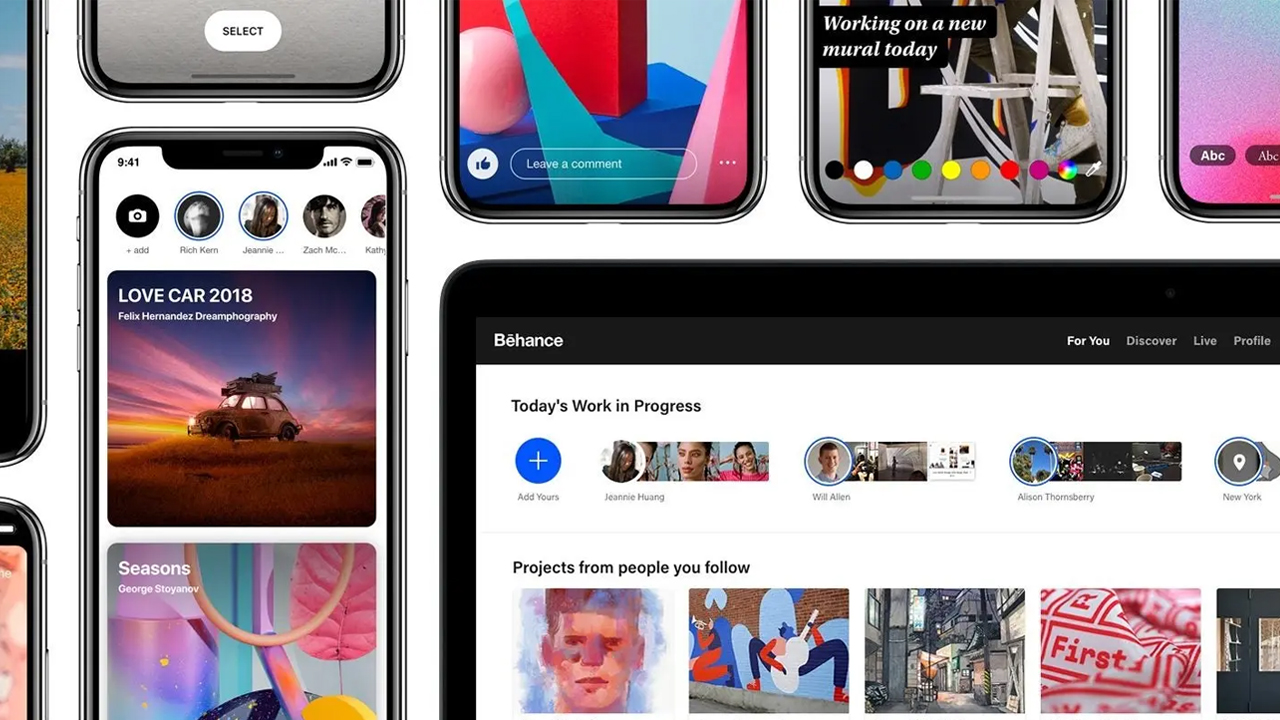
Subrata Mitra, Senior Research Scientist with Adobe Research in Bangalore, India, is using machine learning to find the most effective and efficient ways to manage cloud computing and big-data processing systems. His work helps improve the customer experience for Adobe products — from Behance to the Adobe Experience Platform.
We talked to Mitra about how an early visit to a supercomputing center helped shape his research interests, what it’s like to use machine learning to make sense of massive amounts of data, and the best things about being part of Adobe Research.
How did you get interested in cloud computing, big-data processing systems, and machine learning? And what kinds of research questions do you hope to answer?
I was always interested in understanding how computers work under the hood, especially when software, which is essentially a mathematical logic, meets the hardware that obeys physics. It’s the intersection of two of my favorite subjects. Then, when I started graduate school, I happened to visit a large supercomputing center. The enormous scale of the setup — rows and rows of computers were working in tandem — fascinated me.
When I started my PhD at Purdue University, cloud computing was becoming very popular. It has an attractive value proposition, but it’s very complicated to deal with problems when so many people are using a shared system simultaneously. I wanted to look deeper into efficiency and reliability at a large scale. In parallel, I also explored similar issues related to performance and reliability issues that cause problems in very large supercomputers.
Large-scale computing environments generate large amounts of data, so to me it was only natural to employ machine learning techniques to make sense of that data. Machine learning enables us to extract hidden patterns from the data without specifically programming what needs to be done.
The flip side of this is also quite interesting: How do we efficiently run machine learning and deep learning techniques on massive amounts of data quickly and reliably? My research explores how machine learning can be done at scale, in a cost-effective manner, using cloud computing infrastructure.
Can you tell us about the projects you’re working on now?
Most of today’s applications and workloads are on the cloud and all the resources, such as compute, storage, and bandwidth, are billed by cloud providers. I’m currently working on how to extract maximum efficiency from the dollars spent renting resources in the cloud.
With machine learning based techniques, we can see patterns in vast amounts of data being collected from an operational system. My research focuses on how to design machine learning techniques that use this data to automatically learn how to optimize a system.
I’ve also been working on approximation techniques to increase the efficiency of a system without degrading the end output for users. For example, in generative AI, when an image is generated from user input, we can use approximations to reduce computation without any perceptible change in the outcome. Similarly, when marketers are trying to understand the behavior of a demographic for a product, we can convey accurate insights by intelligently streamlining some of the rigorous computations. All of these methods can improve the cost efficiency of the system for our users.
How has your work helped shape Adobe products?
Immediately after joining Adobe, I helped my colleagues to build a scalable recommendation system for millions of contents on Adobe’s Behance. Our system helps Behance users find personalized and relevant content. This was the most significant feature addition in perhaps the largest refresh of Behance in ten years. This feature generated a lot of love from Behance users.

I also helped Adobe Analytics to understand and predict how certain types of interactions, at certain periods of the day or hour, may be slower due to underlying systems characteristics. This helped Adobe’s customers tailor their expectations or redirect to alternate means that may be faster. My work also helped Adobe Analytics to re-architect their design to provide a more efficient computing environment and low latency experience to its end users.
Some of my work on approximation and data-driven capabilities for Adobe’s Experience Platform was also released recently. Experience Query Service, which is part of Adobe Experience Platform, enables customers to use data from various sources to distill and derive signals for marketing use cases. The data can be massive, so some customers prefer to quickly understand interesting insights from the data and test their hypotheses, or create samples from the data for tasks such as machine learning. My work on sampling and approximations allows customers to quickly get a snapshot of the data. Now I’m researching how Adobe’s customers interact with this platform so that we can provide even more efficient ways of computing.

You have the opportunity to work closely with Adobe product teams. What’s that like?
It has been really a great experience. We meet with product teams and pitch ideas from our ongoing research. And the product teams provide a practical perspective to those ideas. Then we iterate over the ideas to find viable solutions that can be integrated with the products.
How did you decide to join Adobe Research?
After completing my PhD in the US, I decided to return to India. My goal was to work with an industrial research lab so I could have freedom for exploration while also working on practical problems tied to products.
Adobe Research provides a great balance between research freedom and working on product-related problems. We are encouraged to think big, publish at academic conferences and in journals, and collaborate with colleagues in academia. At the same time, working on product-related problems keeps us grounded.
What’s the best thing about working at Adobe Research?
Adobe Research gives us an opportunity to be close to state-of-the-art products and contribute to them, but not at the expense of independent ideas and exploratory research. It’s really the ideal combination.
Wondering what else is happening inside Adobe Research? Check out our latest news here.